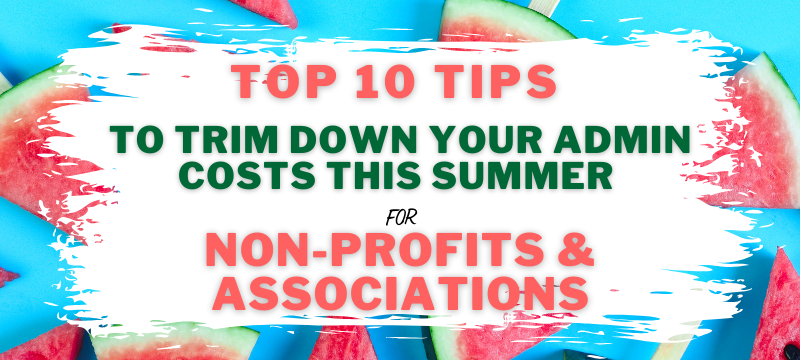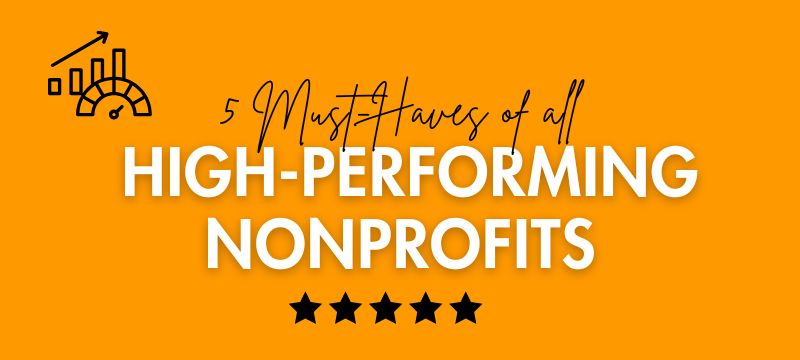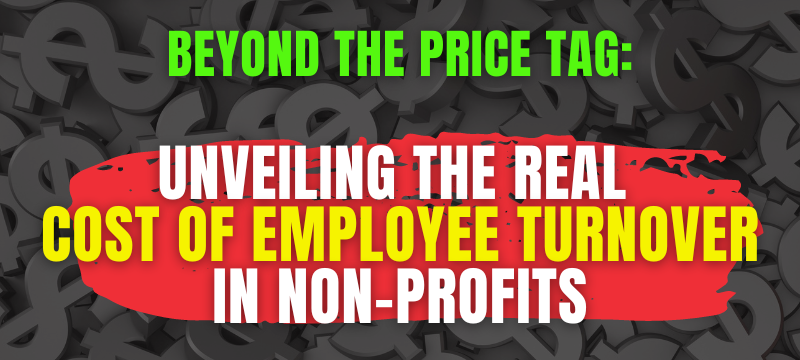Summer is a great time for nonprofit organizations, associations, and not-for-profits to review and cut…

Start Your Digital Transformation With a Pen and Paper
We are pleased to welcome Shyamal Addanki as an associate at OTUS Group. We are pleased to share these insights from Shyamal that you can use to facilitate change in your organization.
Start your Digital Transformation with a Pen and Paper
Yes, it does seem counter-intuitive, doesn’t it?
Consider this: in the last few decades, software applications have bloomed from being tools that helped us with our non-digital tasks, such as writing memos and calculating tables, to massive enterprise applications that form the backbone of our organizations’ operations, such as ERP’s and CRM’s.
In other words, software went from serving the need of the individual to serving the need of the company.
Back in 2019, when we were blissfully complacent about the urgent need for a digital workplace, a survey published in the Harvard Business Review found that, while digital transformation was listed as the #1 concern among directors, CEO’s and senior executives, only 30% of digital transformation initiatives met their goal.
I have spoken about this often (and even written about it here) and I want to dive into a little more detail in this post about process. There are three main elements to a successful digital transformation project: people, processes, and technology. Too often, companies focus on the technology which is where the major capital is spent, with worldwide spending on technology and services expected to reach $2.3 trillion in 2023. But when the technology gets such as spotlight, people and processes are left to play catch-up, and that is what causes the majority of the 70% failure rate.
Are you automating your mess?
Michael Martin Hammer was very much a thought leader in process-oriented business management. His famous quote, “automating a mess yields an automated mess” is even more relevant today that it was when he wrote “Reengineering the Corporation: A manifesto for Business Revolution”. But that is exactly what I have seen repeatedly by executives who want to purchase a solution, plug it in to their systems, and sit back and congratulate themselves on achieving digital transformation.
The thing is, the minute you accept that digital transformation is as much about transformation as it is about going digital, you must accept that you need to rethink the way of working. Your processes and technology are (ideally) currently harmonious, albeit outdated. If you only update one part of the equation, you naturally create an unbalanced system. What you need to do is to carefully orchestrate a process overhaul that aligns with the digital upgrades.
Why sticky-notes?
I confess, I do enjoy making my clients uncomfortable under questioning. This isn’t a sadistic issue, rather that people immediately start squirming when you challenge their basic understanding of their own jobs, and this is how we make progress. One of my favorite things to do is to give a stack of sticky notes to someone who is nominated as the process expert within a team and ask them to create a basic process-map on a wall. They will start confidently putting boxes where they have functions to perform and create a generally linear flowchart representation.
But most often, each “box” or sticky-note, represents a software system. For example, “Create purchase order in SAP” is considered a process activity, as is “email invoice to client”. My challenge then is to create a process flow of events, without thinking about software systems.
For instance, “email invoice to client” should read “client receives invoice”. Who says someone needs to email the client? Who says we even need to send an invoice? The goal is that the client receives something that tells them how much they have to pay and what the payment terms are, which we call an invoice. So as long as the client receives the invoice, we can free ourselves of how we do it.
This takes a little bit of encouragement to step out of the comfort zone, but eventually we can map out a process that shows what events need to happen, which data, documents, and products need to change hands, and which role is ultimately responsible for it. (In the previous example, no matter how we structure the process, the supplier is responsible for ensuring the client receives the payment information, not vice-versa – it is very important to establish process responsibility).
With this process flow documented, we can start identifying current systems, how they are used to fulfill process requirements, and we can quickly highlight potential areas for process automation, collaboration, and other aspects of digital transformation.
In this order, you will have a much greater chance of success with digital transformation, and a better understanding of your system requirements to ensure each dollar spent on technology and services is put to good use.
OAX 2021 – The Road to Recovery Featured Sponsor
We are pleased to welcome Virtual Works back as a sponsor for OAX 2021.
Associations and social enterprises across North America trust Virtual Works to provide customized full-time or as-needed remote back office support. Whether you need administrative, financial, or other kinds of secretariat support, our team of experienced professionals is ready to assist you. Our meticulous attention to detail has been helping our clients become more proactively efficient and cost-consciously productive for over 17 years.
There will be plenty of opportunity as we look forward to recovery from COVID. By outsourcing, you’ll have more time to focus on leadership and growth opportunities.
We are pleased that Virtual Works has once again decided to sponsor the OTUS Association Exchange! Thanks to Barbara Best and her team based in Ottawa.



